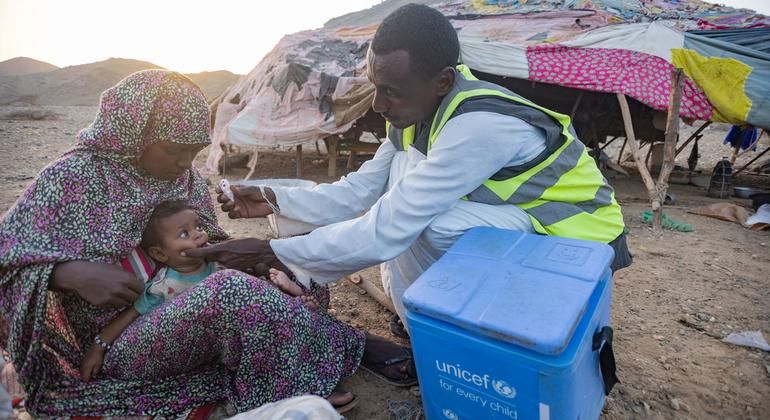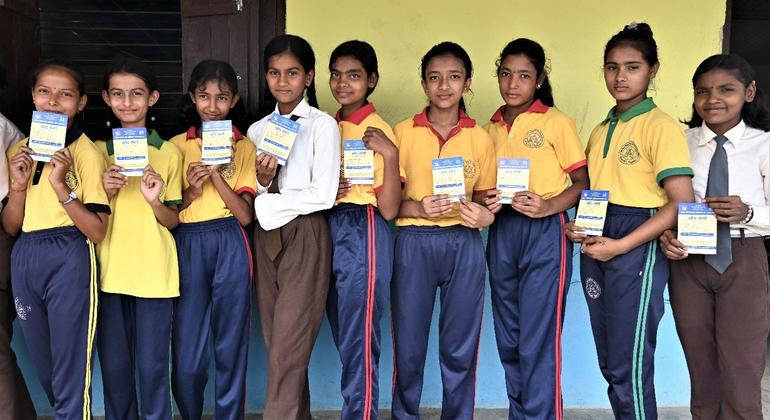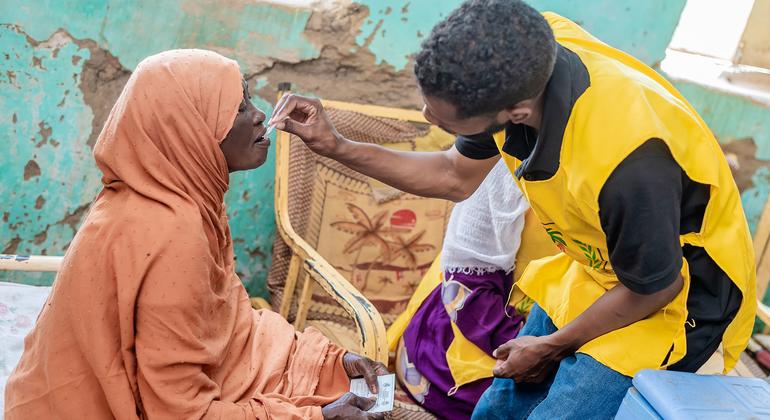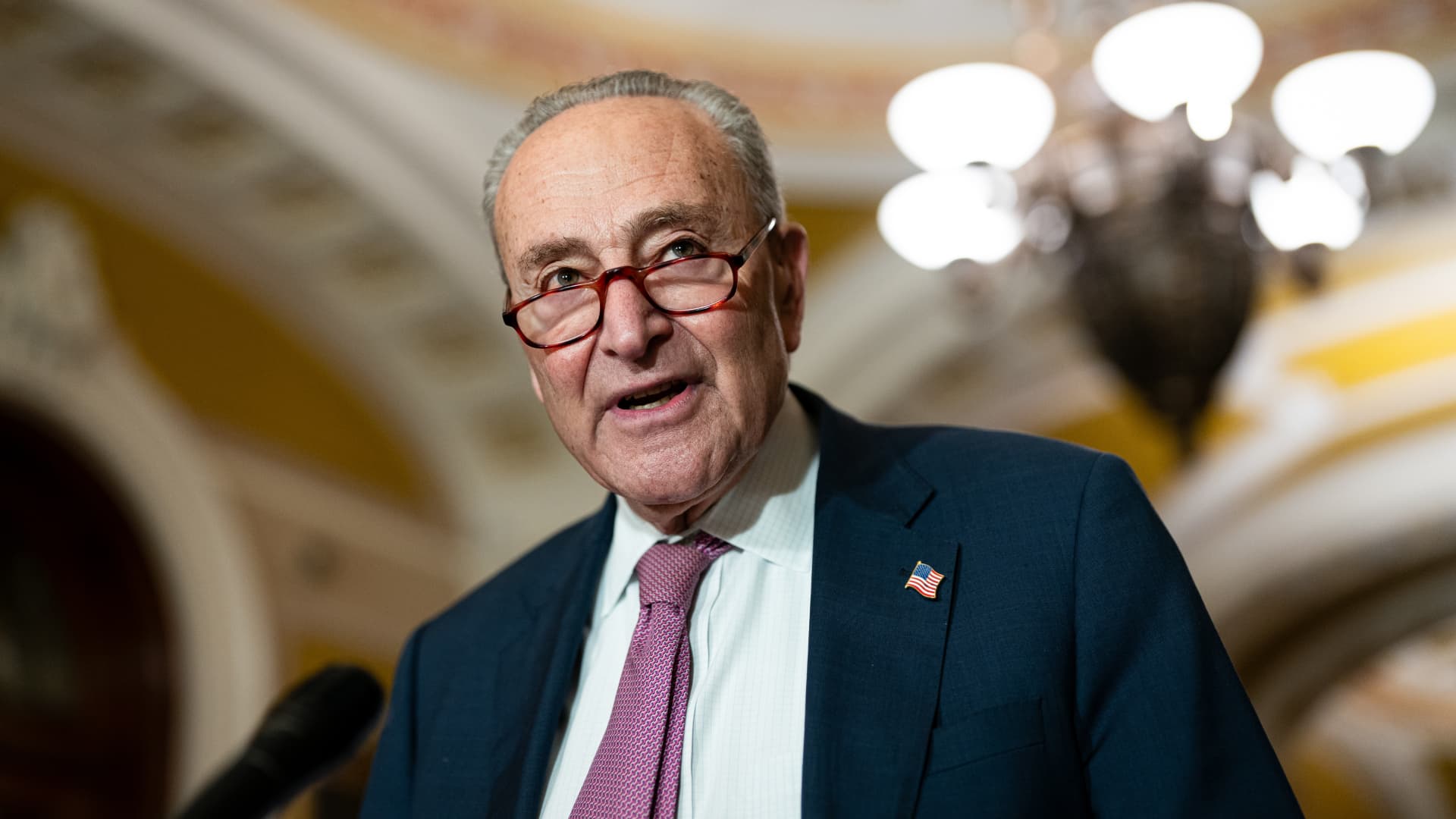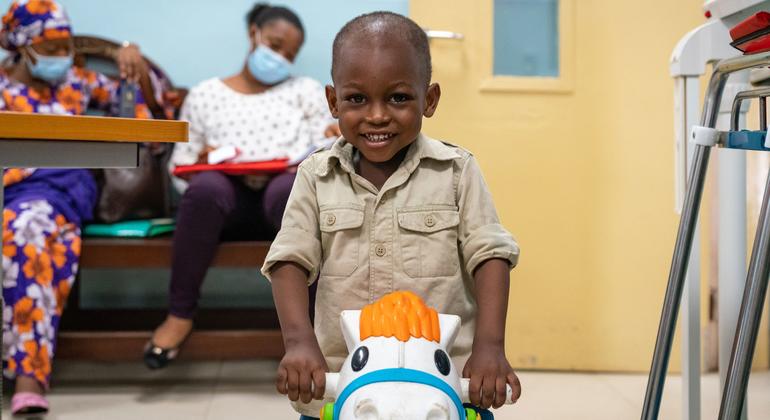In 1988, the international community came together under the leadership of the World Health Organization (WHO) with the goal of eradicating polio. World Polio Day, celebrated on October 24, raises awareness about the progress made and the challenges that remain in ending its spread.
Polio can invade the nervous system and cause paralysis, most often in children.
Cases are decreasing, but the fight must continue
“Decades ago, the world overcame geopolitical and geographic barriers to end smallpox. Let's do the same with polio. let's finish the job”said WHO Director-General Tedros Adhanom Ghebreyesus.
Three decades ago, the Global Polio Eradication Initiative was established, which is now led by the WHO and other non-US organizations and governments.
Since the initiative's launch, the number of polio cases has dropped by more than 99 percent, with only 36 cases of the virus reported so far in 2025.
However, certain regions of the world are still struggling to eradicate polio, and those that have achieved this should continue to support public health authorities in monitoring and preventing the disease, the WHO says.
Dr. Catharina Boehme, WHO Southeast Asia director, called on member states to recommit to immunization campaigns and invest in surveillance and health systems.
“Together we can protect every child from polio, everywhere, and build a healthier, more resilient future for all,” he said.
Gaps in vaccination coverage
While the WHO European region achieved polio-free status in 2002 and has remained free of endemic spread of the virus since then, vaccination coverage in the area declined in 2024, leaving more than 450,000 babies unprotected.
In Afghanistan, the ban on house-to-house immunization has resulted in more than one million children in southern areas not being included in polio vaccination campaigns since May 2018, according to the WHO Polio Eradication Strategy 2022-2026.
As a result, in 2019 and 2020, respectively, 90 percent and 75 percent of type 1 polio cases in Afghanistan originated in areas that are currently not accessible for vaccination.
“Gaps in vaccination coverage leave children vulnerable and present a health security risk for our region and beyond.
“We must not return to a time when polio regularly threatened lives and overwhelmed health systems.”said Ihor Perehinets, WHO/Europe regional director of emergencies.

